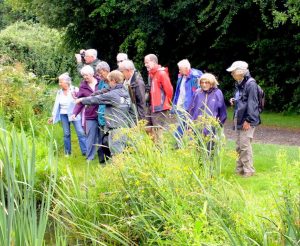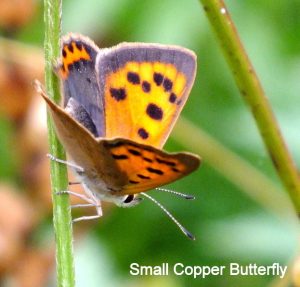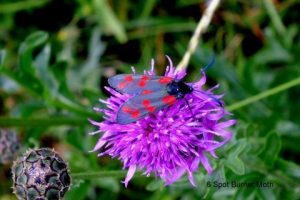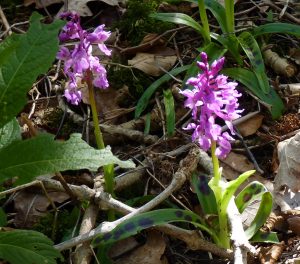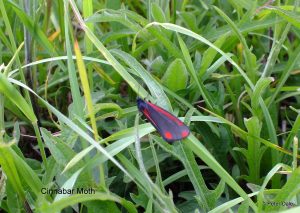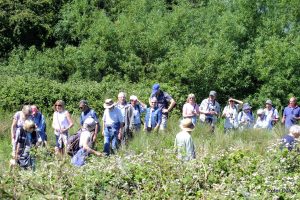In June, 3 members of the Ferring Conservation Group met up with the Beavers associated with the 2nd Worthing Scouts on the beach at Sea Lane.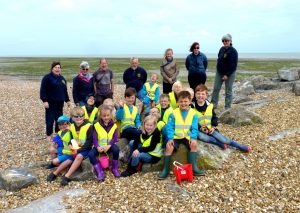
Beavers are the youngest members of the Scout movement, and are aged between 6 and 8 years. They are given the chance to take part in a wide range of activities, including working on Badge and Challenge awards, to gain recognition of their achievements. Our meetings were intended to support them in this goal.
At our first meeting, on a very windy day, there were 14 Beavers. Working in pairs, they were set on a Treasure Hunt to find a variety of natural objects on the beach. This was taken on with great enthusiasm, and led to demonstrations of their knowledge of a shoreline environment. Each pair then turned their shells, seaweed, cuttlefish bones and egg cases into ‘portraits’ with some amusing results.
Our second meeting, with much better weather, saw the Beavers kitted out with hi-viz jackets, rubber gloves, litter pickers and sacks. They worked in teams of 2 and made their way along the beach picking up litter. They then sorted the litter into different materials. They talked about what they had found, the materials the litter was made up of, and the danger that this presented for our environment.
These events were good fun, enhanced by the keen interest shown by the Beavers, and the reassurance that young people know and care about their environment. Ferring Conservation Group were pleased to help out and enjoyed themselves as much as the Beavers!.

